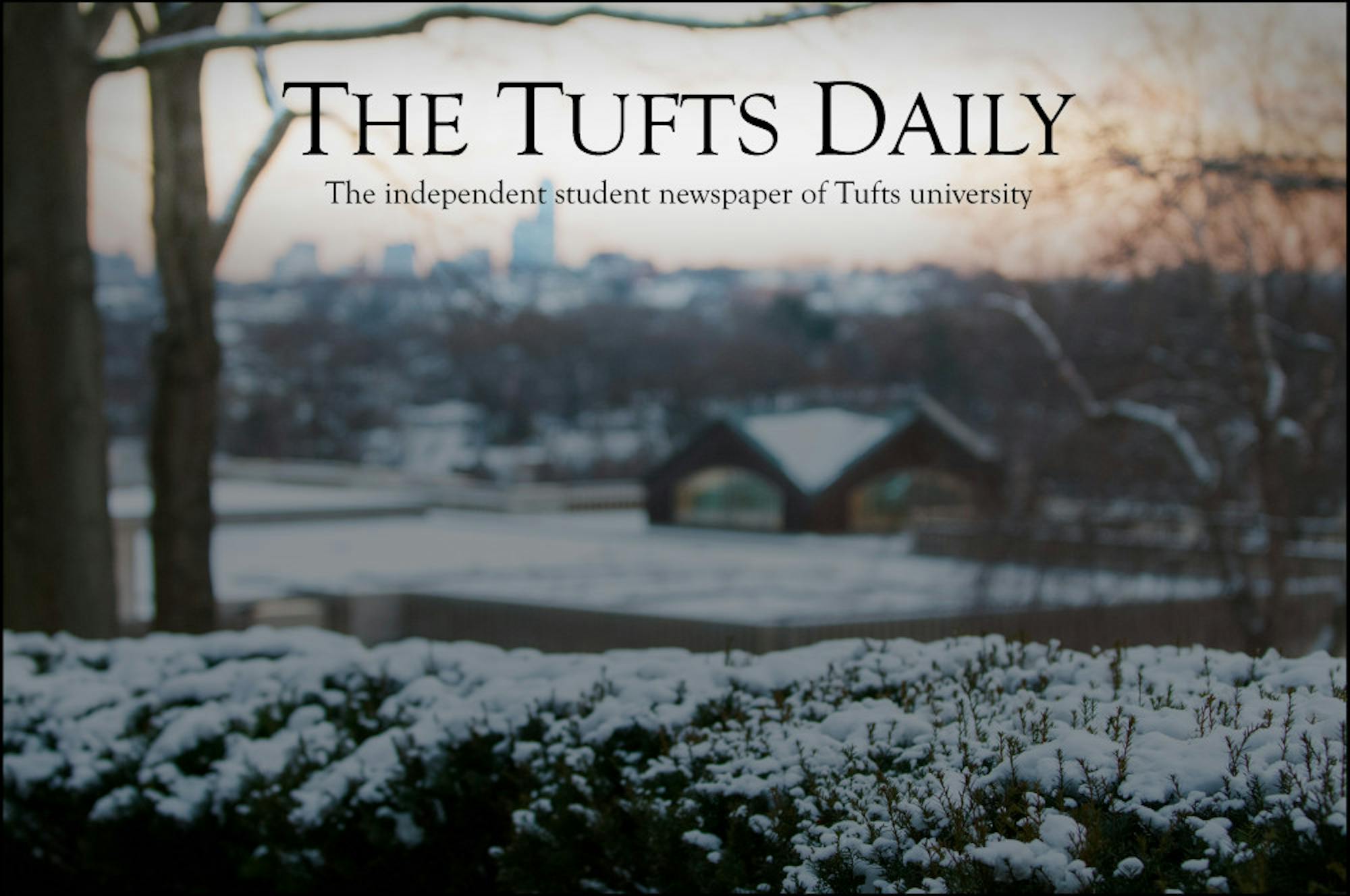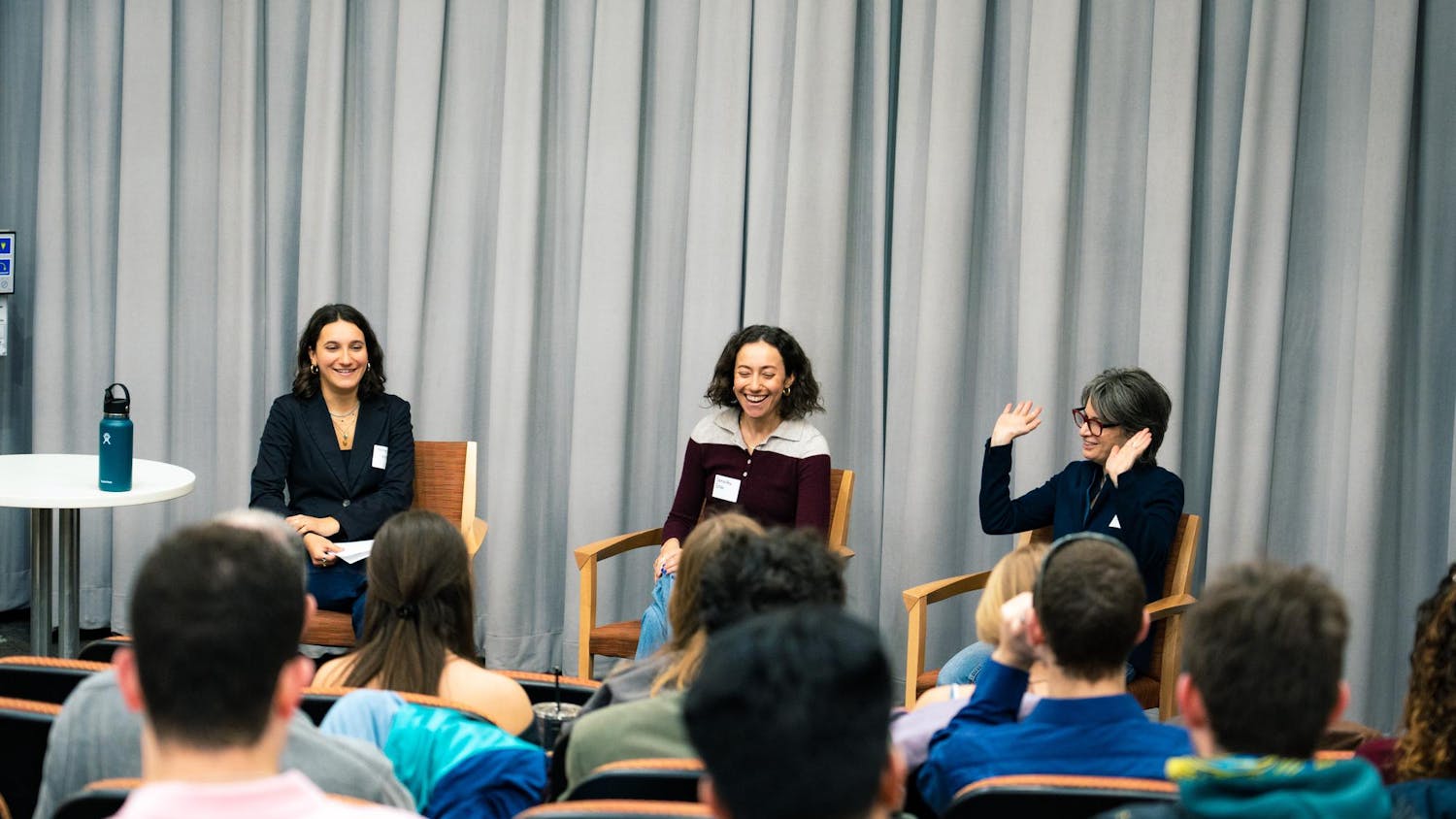The Tufts administration is currently in the process of conducting a Learning Spaces Planning Study, which aims to gather data on possible improvements to the university’s learning spaces on the Medford/Somerville campus.
Director of University Space Management and Planning Lois Stanley and Dean of Student Services Paul Stanton, both of whom are members of the study's steering committee, explained that the study is primarily focused on understanding and improving the status of Tufts’ many learning spaces.
“We want to understand our inventory [of learning spaces] in terms of its condition, location, technology [and] furniture,” Stanley said. “We want to understand how these spaces work in depth, and then we are seeking advice from our expert consultants on how to better manage this incredible asset.”
Vice President for Operations Linda Snyder said that the study will help inform future planning for Tufts' learning spaces.
“What is learned from [the study’s] engagement strategies will help Tufts both use its spatial resources more efficiently and guide investment in our classrooms and learning spaces,” Snyder told the Daily in an email.
Stanley explained that the study’s definition of a “learning space” goes beyond solely the ordinary classroom, instead including any space on campus where teaching and learning can possibly occur. She added that there are about 250 such spaces.
Information on these spaces will be gathered in three separate phases, according to Stanley. The first phase, which took place in August, involved a survey of Tufts’ learning spaces carried out by an outside consulting firm, Biddison Hier, Ltd.
“[This] was a survey to make sure the data we have on these spaces is accurate, and actually there was some tweaking, although I would say our data are pretty good,” Stanley said.
Stanley noted that this survey added data Tufts did not previously have access to, such as whether rooms were air-conditioned or contained clocks.
The second phase consisted of a series of 14 focus groups conducted on Oct. 22, 23 and 24. According to Stanley, these involved graduate and undergraduate students, administrators and faculty from different schools and departments.
Although findings from the focus groups have yet to be analyzed systemically, Stanley and Stanton noted that there were a few preliminary issues which appeared in multiple focus groups.
Among these was a general dissatisfaction with the condition of classrooms in the basement of Jackson Gym, which were described by focus group participants as "abominable," according to Stanley.
“[Jackson Gym] is first of all an old building, and it’s a basement, which means [it has] dampness and humidity issues,” Stanton said. “The humidification is bad, so it’s kind of musty."
Another issue, which arose primarily for performance arts groups such as a cappella and dance groups, was concern about event scheduling and the availability of rehearsal space, Stanton added.
“What we have is a preponderance, an overflow, of [performance groups] utilizing large classroom spaces for performances and rehearsals,” Standon said, adding that resources are not typically allocated in a way that ensures that classrooms are reset in their normal state and condition before the next morning's classes.
According to Stanley, a further grievance is the widespread use of tablet chair desks in classrooms, as they lack sufficient surface space for laptops and notebooks. Participants also cited the inconvenience of the slanted surfaces of some of these desks.
“We may get to the point where tablet arms are less offensive than they are now as technology starts to shrink … but the laptop and the tablet [desk] are natural enemies, and heaven forbid you add into the mix a cup of coffee,” Stanton said.
Stanley noted that some students expressed concerns about getting to and from classes located in buildings across campus over a typical school day, while a specific concern for faculty was the process of classroom assignments for courses.
“I heard that the faculty had concerns with the processes, not knowing where they were going to teach their classes,” she said.
According to Stanley, the study's third and final data gathering phase will consist of a web-based survey, which will be available around mid-November, for students and faculty. She explained that the survey will include interactive components, such as a mapping tool that will allow people to trace out their typical daily route through campus.
After the data gathering is completed, Biddison Hier will synthesize the data and formulate recommendations, according to Stanley. Both Stanley and Stanton explained that the changes implemented after the study will be strategic and sustainable in the long term.
“The most hopeful part of this plan is that we’ll dictate a funding stream in reasonable, sustainable increments for years to come,” Stanton said.
Tufts study underway to improve learning spaces on campus






